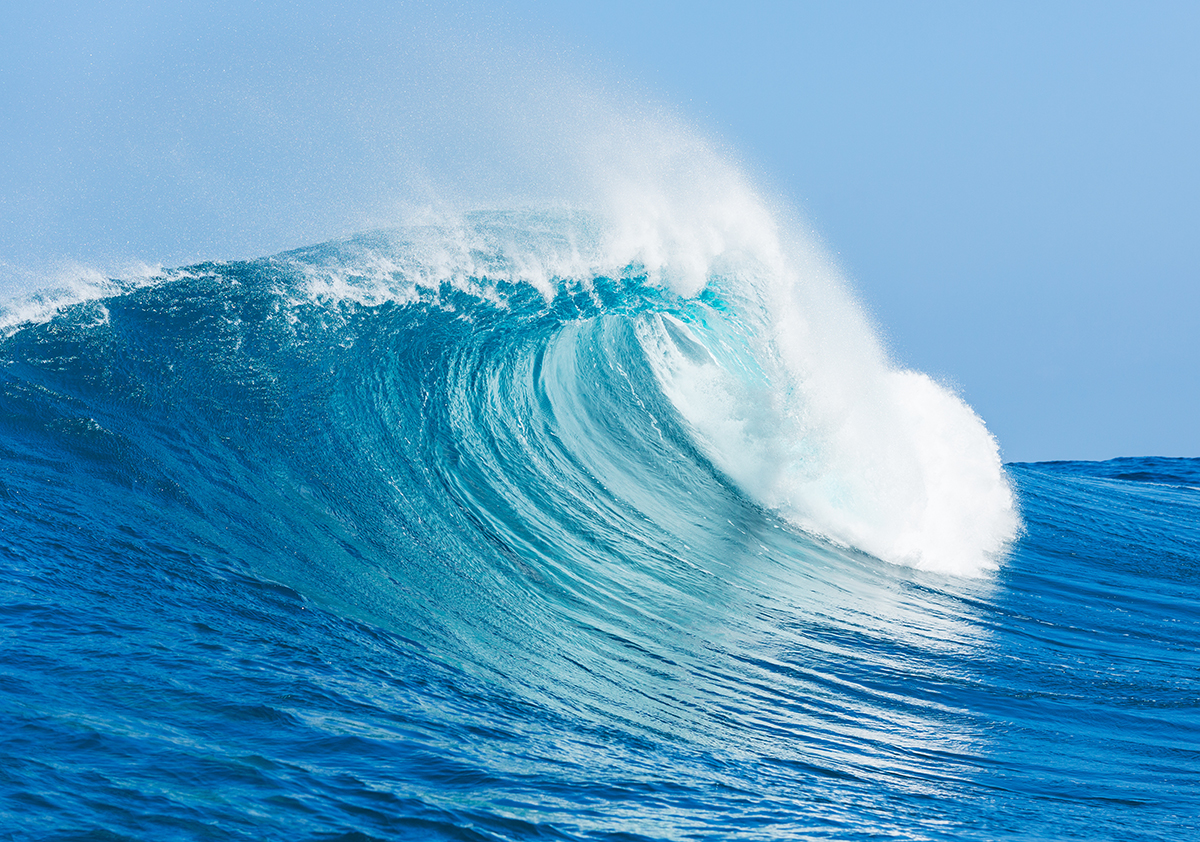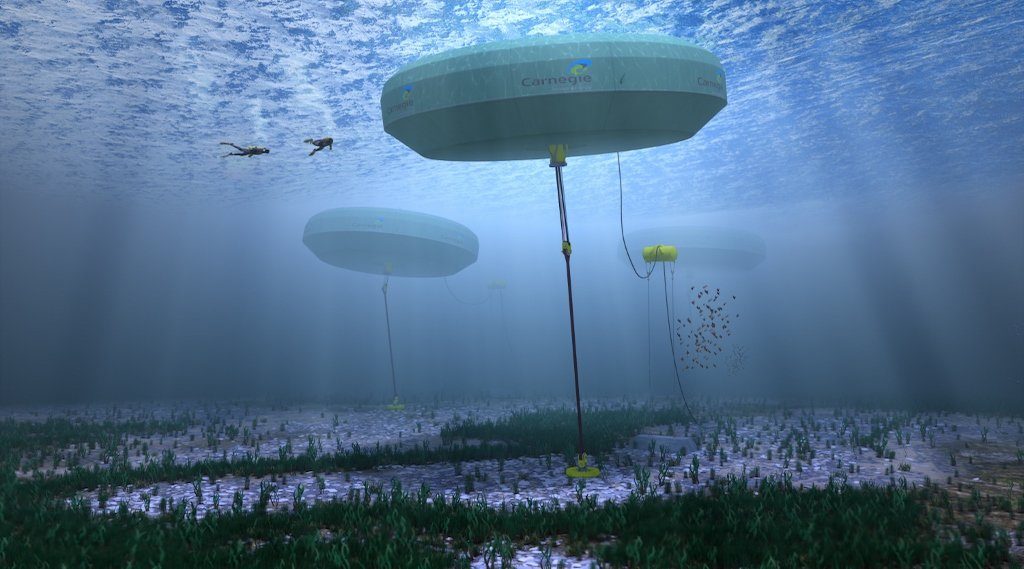 Jul
01
2016
Jul
01
2016
Ocean Waves May Hold The Key To Endless Renewable Energy
The key to endless renewable energy may be found in earth’s oceans
A company called Carnegie Wave Energy has been pushing the boundaries of wave-energy technology. Wave energy harnesses the power of the ocean currents to make power. Unlike wind or solar, it’s a relatively new player in the field.
The Carnegie plan, also known as CETO, is a system that consists of a series of submerged buoys and pumps that are attached to the ocean floor to convert ocean waves into electrical power and fresh drinking water.

Dr Micheal Ottaviano, CEO and Managing Director of Carnegie Wave Energy, said that the CETO wave technology works by converting the energy in ocean swells into electricity. He claims that wave energy has been estimated to be able to supply more than the whole world’s current power consumption.
Ottaviano further explains how the CETO works. “The technology sits fully submerged beneath the ocean’s surface and consists of a buoy which moves with the ocean’s waves. We capture the up and down movement of that buoy to drive a pump, which is attached to the sea floor. The pump, in turn, delivers high-pressure water through a pipe back ashore. And once on shore that high-pressure water is used to drive a hydroelectric turbine. We can also use the hydraulic power to power an off the shelf reverse osmosis desalination plant.”

Wave energy is also more efficient than solar or wind power. According to Ottaviano, the area for a wave farm will be much smaller than a comparable solar farm of the same output. Not to mention, waves are much more predictable than the weather. There is a pretty clear schedule of tides and an understanding of how the water moves. Thus, wave energy would be a reliable source.
In addition, the CETO system also helps to preserve the ecosystem. The buoys and pumps act as artificial reefs, thus promoting marine life. Ottaviano says, “we increased the amount of marine life from about 7 species before the system was deployed to 27 species when it was operating.”

One of the other benefits of wave technology is that the CETO system is fully submerged, thus effectively making it invisible. With zero visual impact, wave technology will not be involved with disputes like those of wind technology, where people complain about wind turbines destroying the coastal view.



